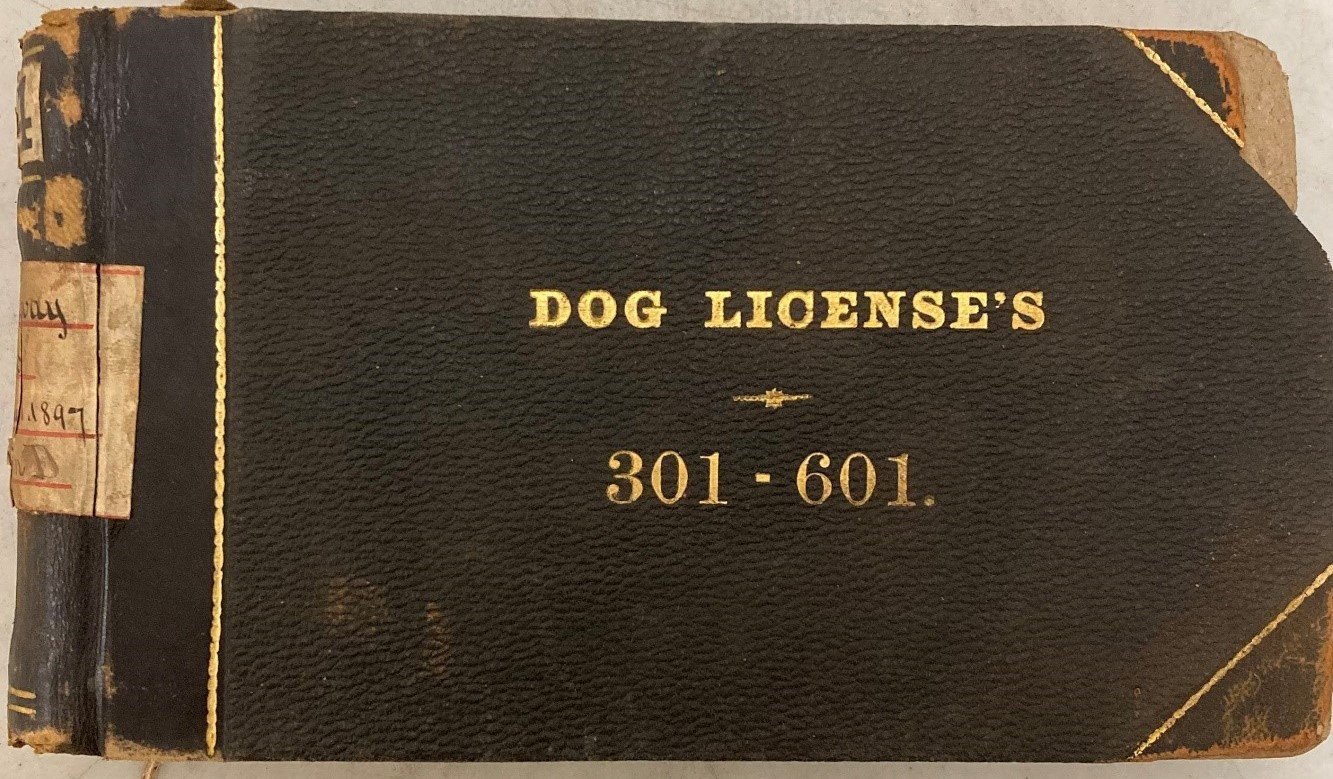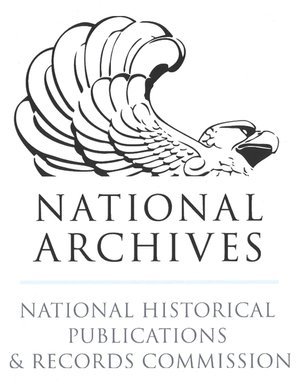This week’s article highlights another important topic in New York City history that can be researched in the Old Town Records: oysters.
Although somewhat difficult to envision now, two centuries ago, the waters surrounding New York City were clean and fertile enough to provide ample sustenance for the region’s inhabitants. The first European settlers of what became New York City—at the time a scattering of towns and villages across each of the current five boroughs—depended on the land and water around them to survive. One way they accomplished this was to harvest oysters.








